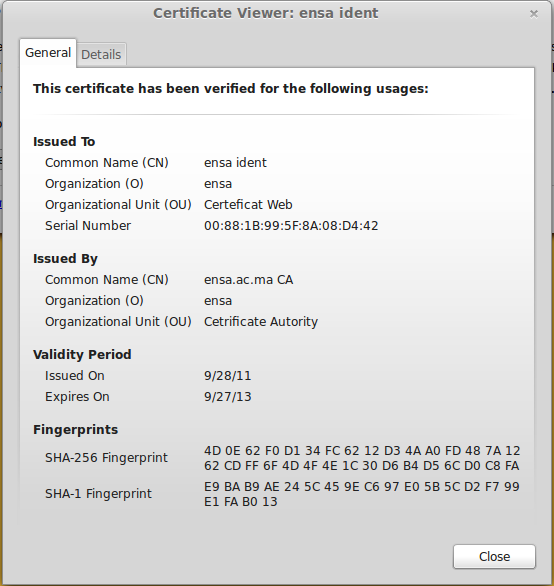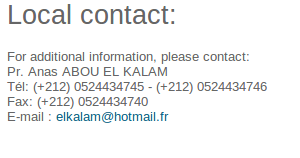This is going to be a slightly different article than usual. Usually, I write about politics, or programming. Today, I’ll write about productivity. Or, to be more precise, about getting your inner lizzard to be reasonable and get working already, using gamification. This is based on my experience with HabitRPG, a pretty sweet, open source, task management role playing game. Yes, you read that right. A task management role playing game. If you know me, you know that I could not resist trying this out.
They do a pretty good job of explaining what that is all about on their homepage, so I’ll just give you a short overview. Your tasks are split into three categories:
- Habits are positive (e.g. “cook instead of ordering a pizza”) or negative (e.g. “smoke a cigarette”) habits you want to improve or get rid of, respectively.
- Dailies are things you want to do every day, e.g. “run two miles”, “read for 30 minutes”, …
- To-Do’s are one-off tasks (“Write a blog post about HabitRPG”)
HabitRPG operates under the principle of rewards and punishments:
- Do something for a positive habit? Finish a daily? Finish a To-Do? You get Experience and Gold. Also, after a while, you start to get random drops, like eggs and potions for pets you can raise. The Gold is used to purchase equipment and user-defined rewards. For example, I set up a reward for 5 gold which says “play videogames for an evening”. This way, I have to work to be able to “afford” things that make me less productive or healthy (although I should increase the gold cost, as I gain gold very quickly right now)
- Do something for a negative habit? Miss a daily? You loose health. If your health drops to zero, you loose a level and some equipment.
There are also some advanced things like streaks (Finish a daily N days in a row, similar to seinfeld chains), perfect days (finish all dailies) and so on, which I will not go into here. The important part is:
- You get rewarded for following through on your commitments or forming good habits.
- You get punished for bad habits (although the punishments are not severe enough for my taste, as you can take quite a bit of damage and still not have any problems with your health)
- You get a noticable effect from building up streaks, leading to motivation to not break the streaks (seriously, this has already kept me from skipping university once).
One of the best things about the game / productivity tool is the community. There are challenges where you will get a few new habits, tasks or whatever, and you compete with others in order to complete the most dailies. This has led to me adopting a few new dailies (“Don’t skip university”, “drink 3 glasses of water in the morning and in the evening” (as I have some problems remembering to stay hydrated), and a meta-daily “check off all other dailies”). You can also organize in parties and guilds, leading to more peer-pressure to do better (although all of the community features could use some more polish in order to make it easier to see how well the others are following through on their commitments). There is also a quest system, which I have yet to explore.
In general, there are some rough edges to the project, but it is being actively developed by a quite large and dedicated community of devs, and I have a lot of hope for the future of this project. There is, of course, the inevitable subscription and premium item model, but it is among the most fair of them I have seen so far, and since the game isn’t really competitive, everything is cosmetic in one way or another.
So, yeah, if you like RPGs and being productive, give this one a try. And if you are still not entirely sold on it, here are some videos about it, and here’s the wiki.

